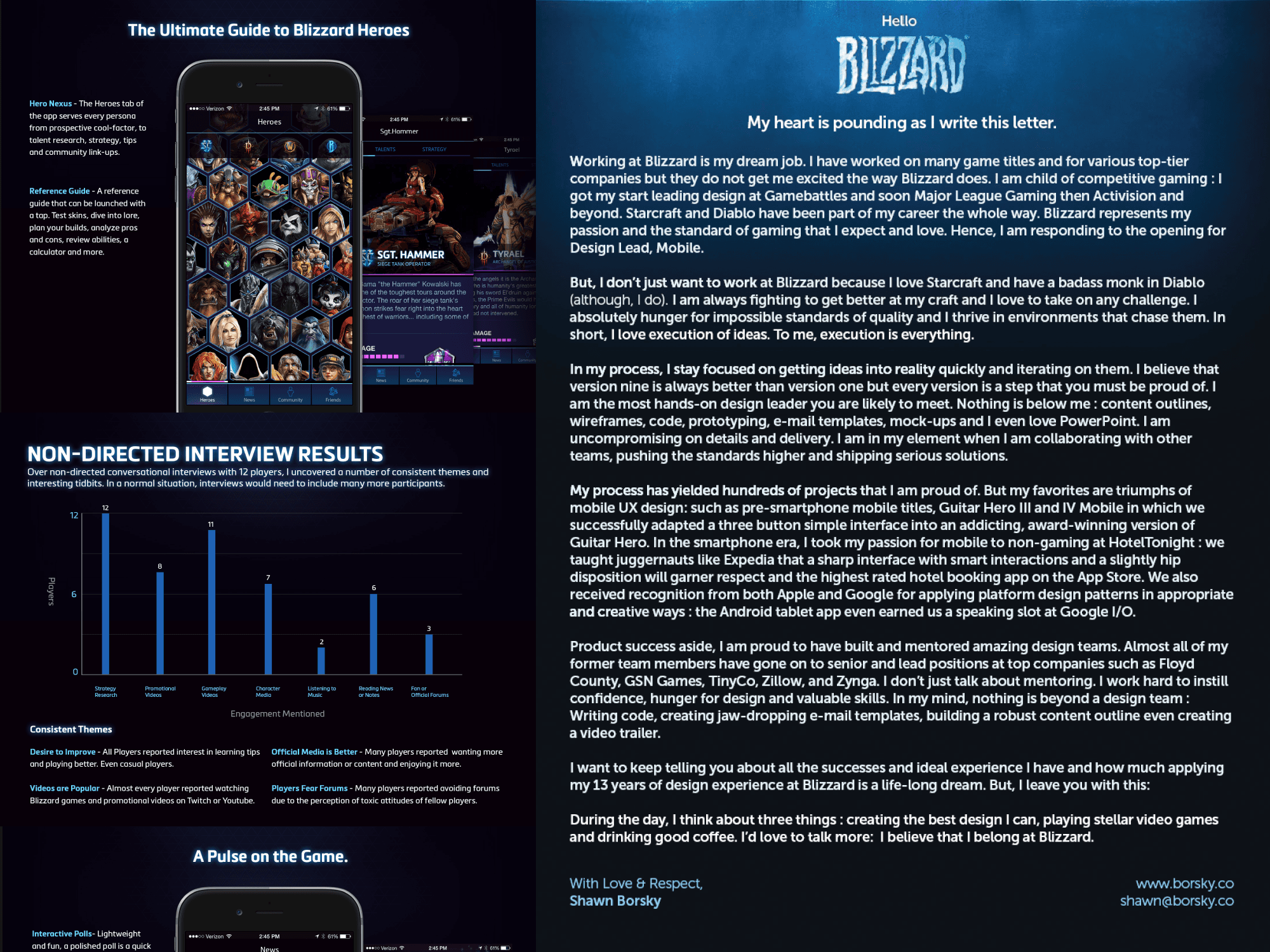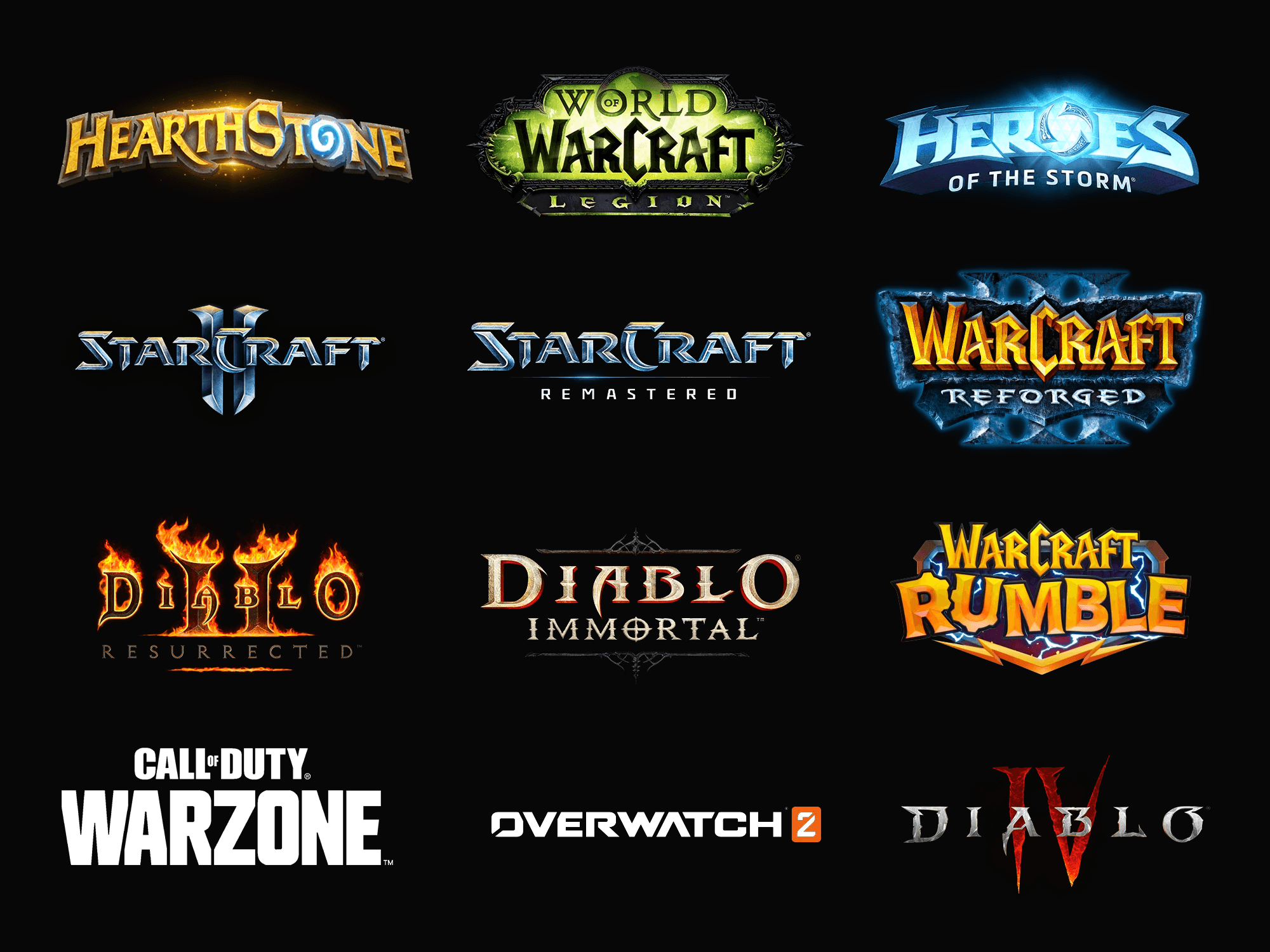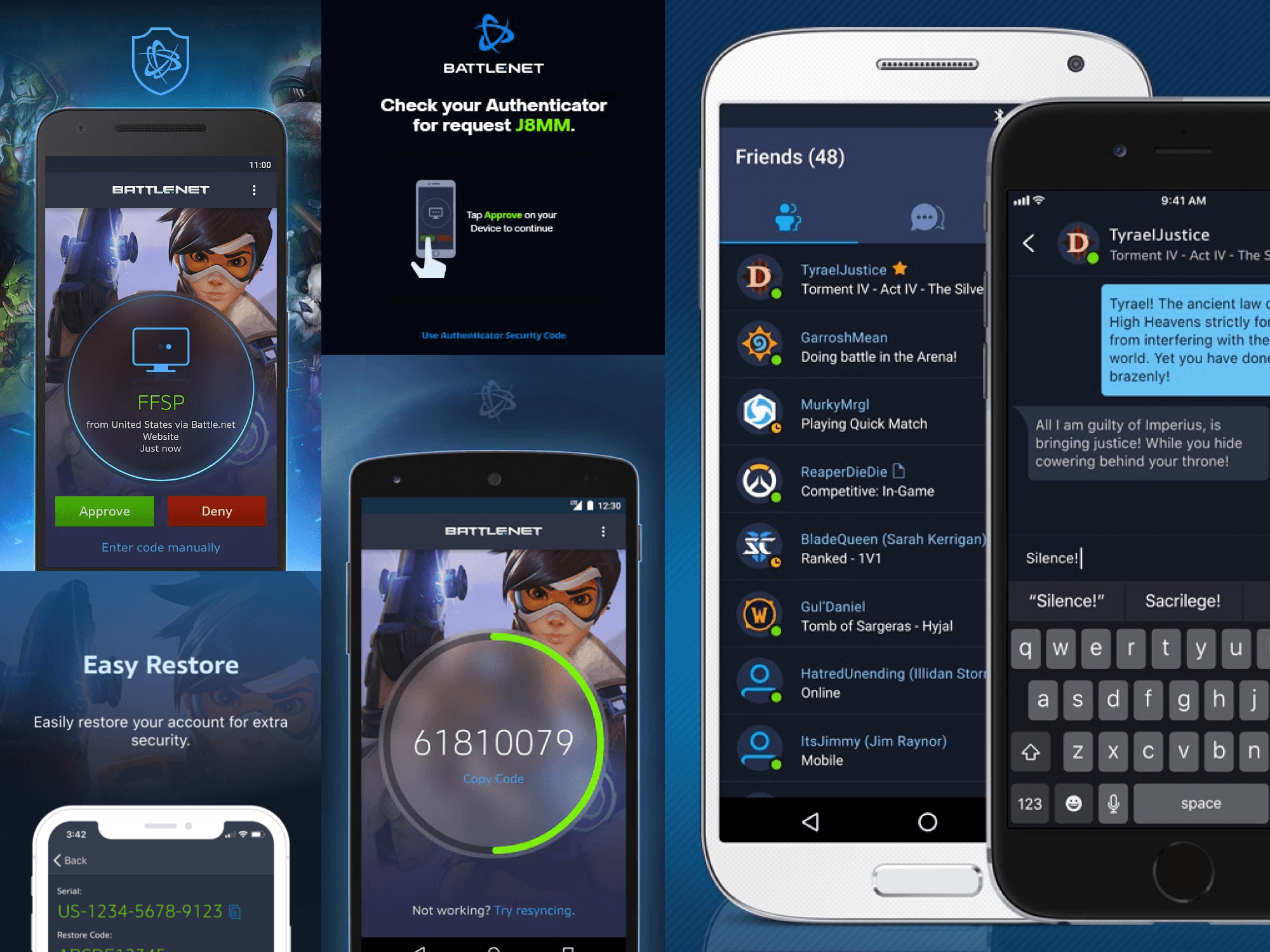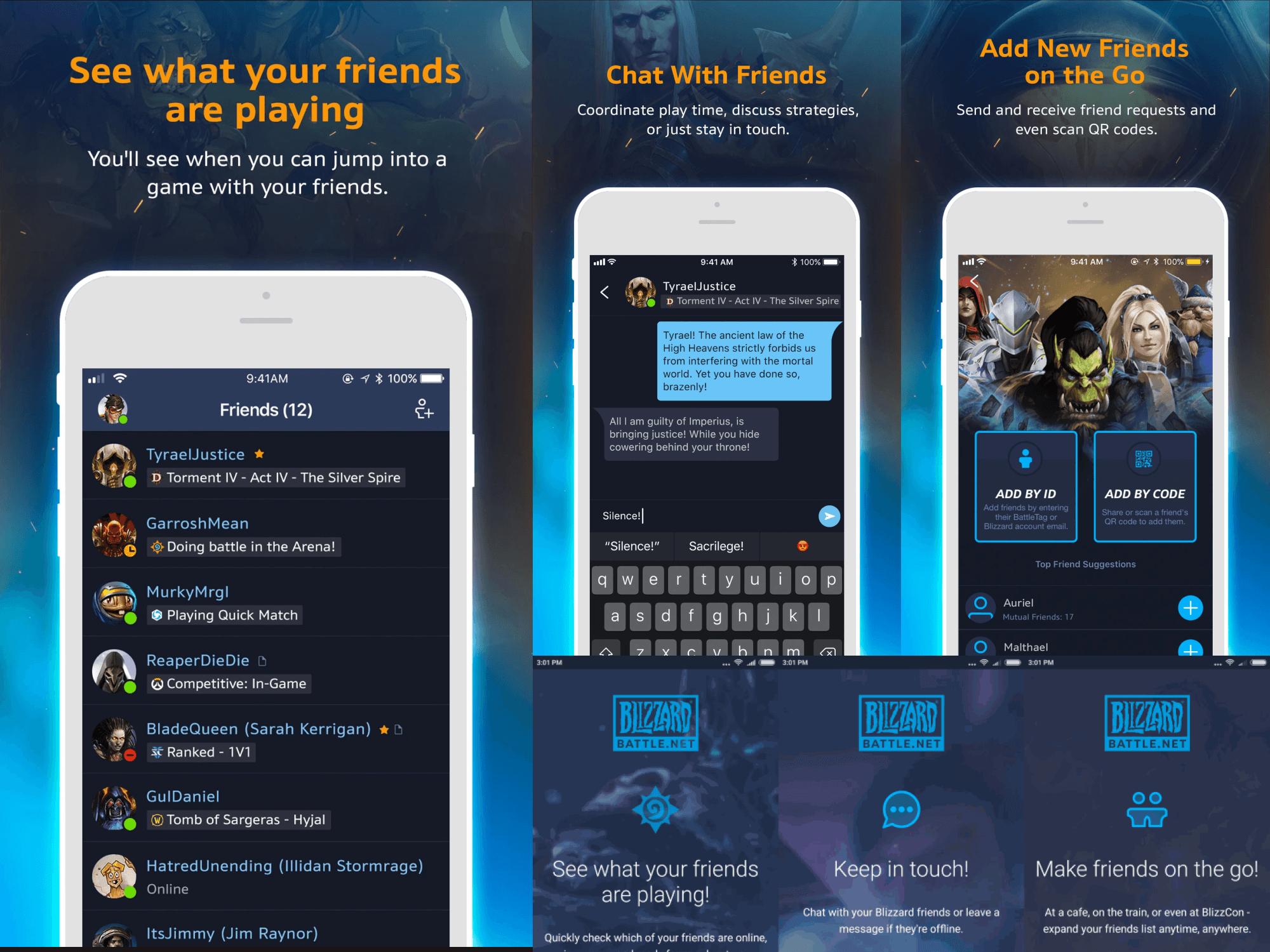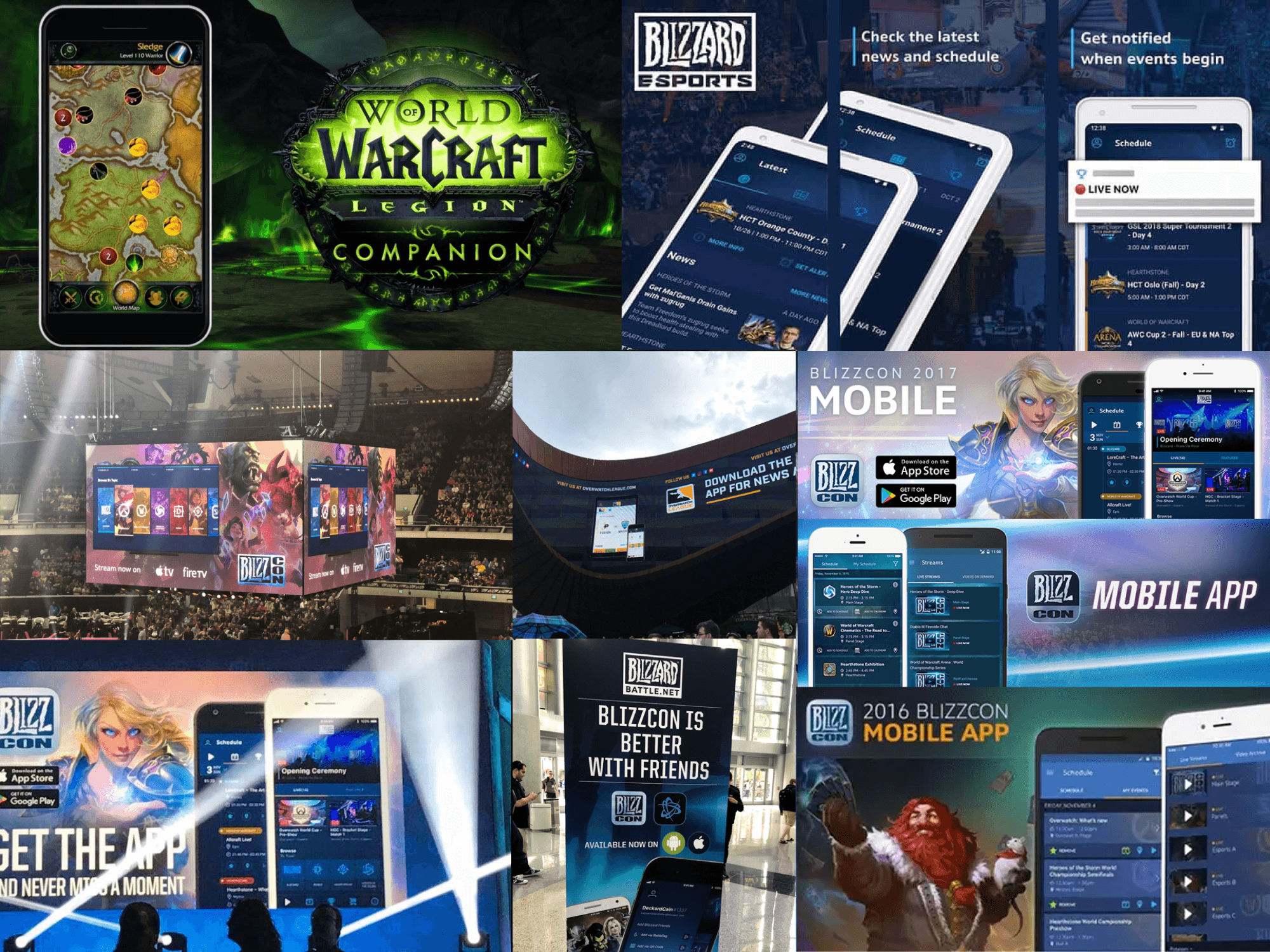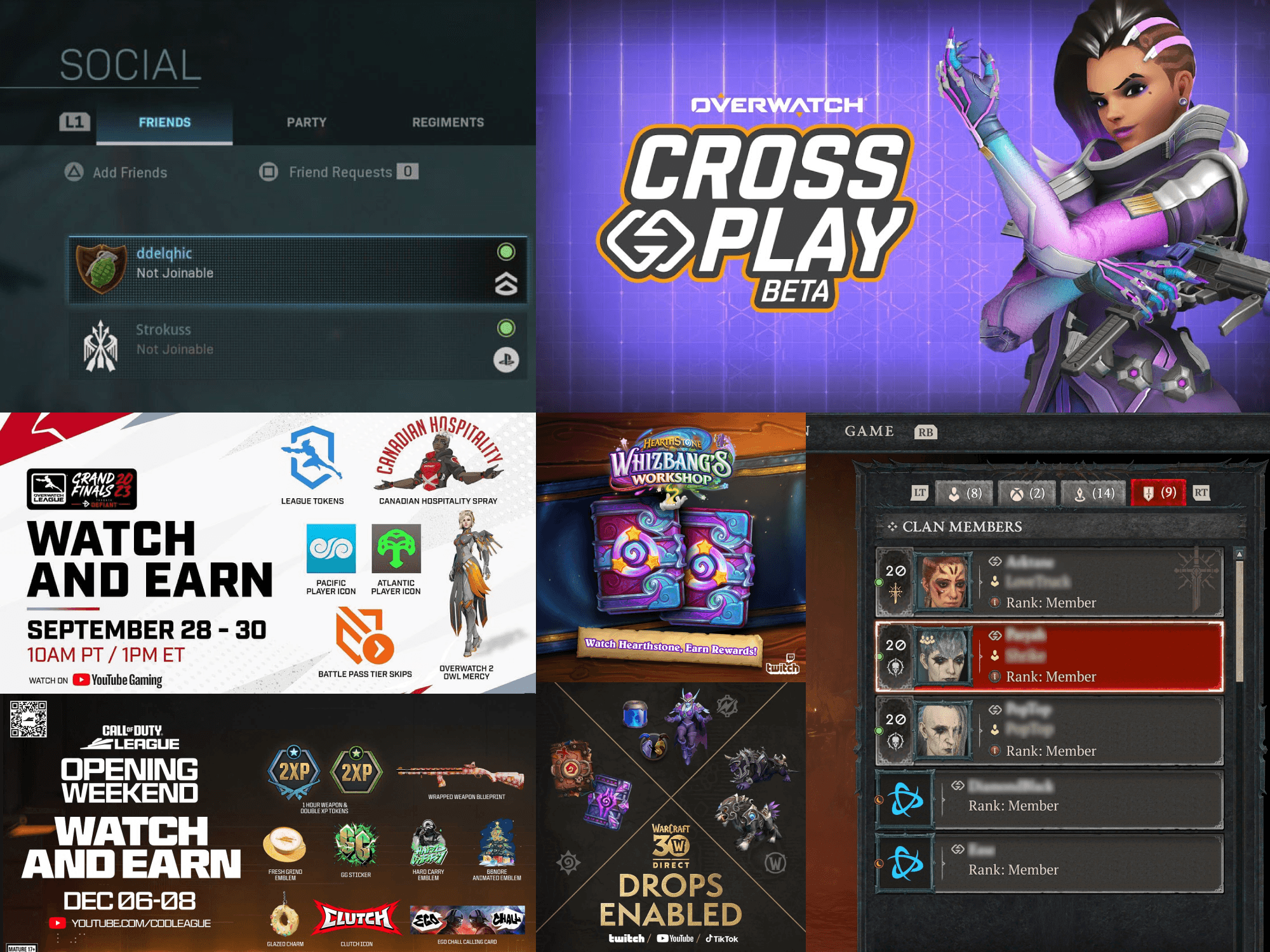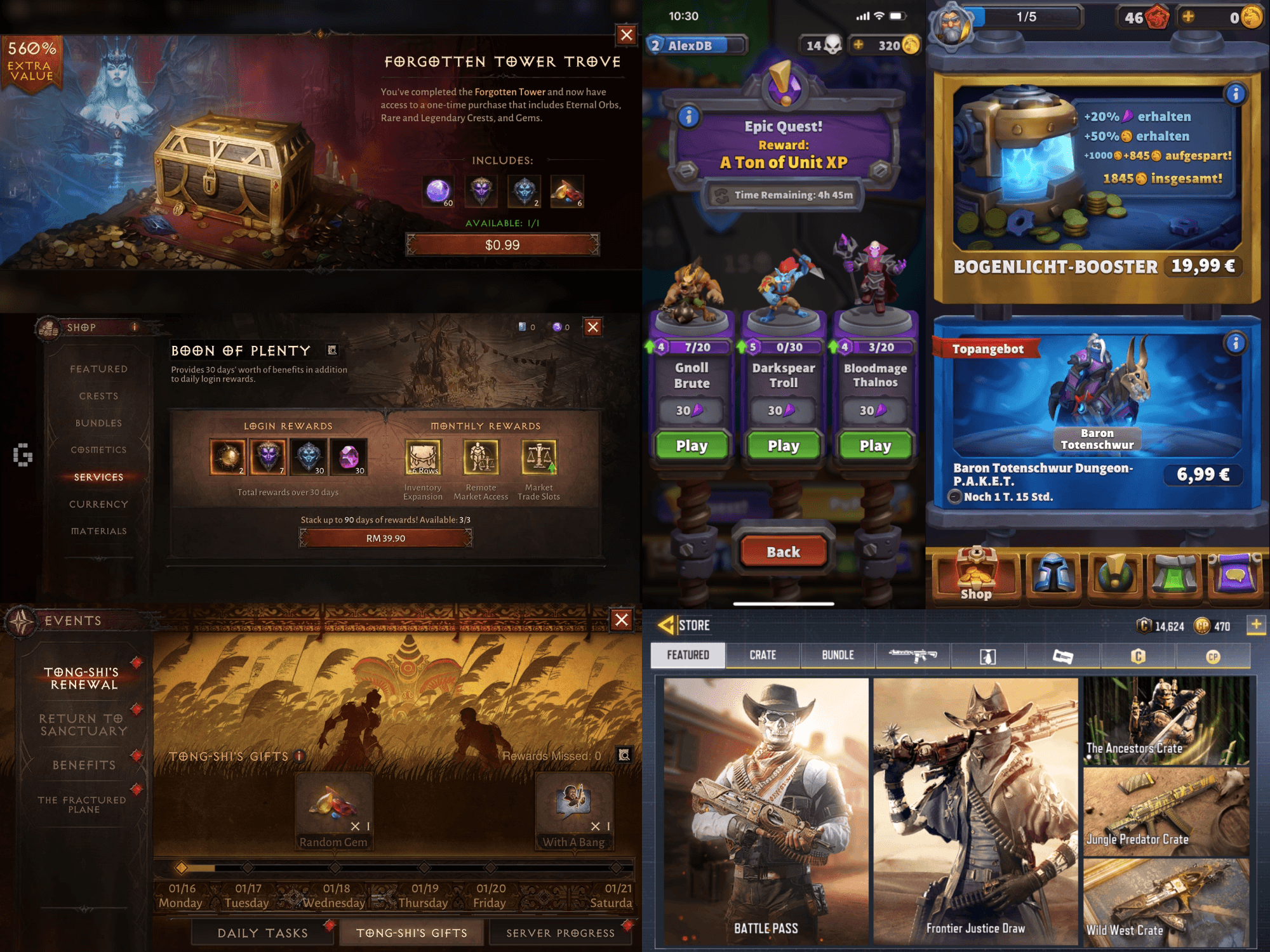Blizzard
INTRO
My Role
Mobile app UI design and user experience
Cross-platform technology strategy
Leadership and product management
Design operations and tool adoption
Resource and budget management
Executive communication
Client/Context
Blizzard
Year
2015-2020
Category
Cross-Platform AAA Game Developer & Publisher
My design test and cover letter from my 2015 application to Blizzard
Shaping the Future of Mobile & Platform Technology
Building a new strategic muscle
At its core, Blizzard is a PC gaming company. When people hear about my passion for mobile, they often assume I mean mobile games—but for me, it’s much bigger than that.
My mission at Blizzard was to introduce a new way of thinking—one that positioned mobile and cross-platform experiences as strategic imperatives. Over my five years at the company, I led initiatives that may have seemed like small steps at the time but ultimately laid bricks in the foundation for Blizzard’s successful expansion into mobile and cross-platform gaming.
Building Blizzard’s mobile app and technology team, leading projects such as Battle.net mobile messaging and 2-factor authentication which included critical push notification infrastructure.
Driving design and product development for the content and Esports platform technologies that power BlizzCon, Blizzard.com, Battle.net and Overwatch League.
Leading and overseeing critical backend infrastructure, including the Big Data pipeline (Telemetry), near real-time processors, viewership incentives, toxicity processing, long-term storage, and the messaging gateway. Many of these projects were critical to a $360MM deal with Google.
Facilitating the company-wide adoption of a unified mobile platform strategy, shaping Blizzard’s second-generation first-party mobile games, such as Diablo: Immortal and Warcraft Rumble via an executive program called Mobile Readiness.
Many of the games I worked on at Blizzard
Driving Mobile via Product-Led Growth
Saving money while building critical capabilities
In my first two years at Blizzard, I helped scale the mobile team across multiple offices alongside engineering and product leadership. Our goal: enhance the player experience while building critical mobile technology.
We launched the Blizzard Authenticator, introducing push-based two-factor authentication before it was industry standard. This not only saved $9M+ annually in customer service costs but also enabled us to build BPNS (Blizzard Push Notification System)—a cost-effective, scalable alternative to commercial push platforms.
Next, we tackled Blizzard’s first mobile messenger. In 2016, Blizzard’s PC-centric socket infrastructure lacked messaging history and passive presence. Through a joint effort between Web & Mobile and Battle.net, we overcame technical and organizational challenges to launch the Blizzard Battle.net Mobile App in 2017.
For the first time, Blizzard players could chat from mobile into games, see what friends were playing, and send friend requests—including in person. This enabled hundreds of millions more interactions and engagements then ever before. A huge win for Blizzard impressions and a major step toward seamless, cross-platform gaming. Today, all of these functions live together in the the Battle.net Mobile App which has since also added games, forums, patch notes, news and groups.
Blizzard Authenticator and Blizzard Battle.net Mobile App
Driving Mobile via Integrated Experiences
Adding streaming, game and platform-powered apps
Blizzard-branded apps were just one part of our strategy to expand Blizzard’s mobile capabilities. We launched and maintained several game companion apps, including the World of Warcraft Armory and the World of Warcraft Legion Companion.
Our next major success was the BlizzCon Mobile App. What began as a simple event calendar evolved into a revenue-driving platform, delivering virtual ticket experiences and video content that generated tens of millions of engagement views and millions in additional revenue (for an event that was previously seen as a marketing expense).
As I advanced to Group Design Manager, Platform and Services in Web & Mobile, BlizzCon’s platform success laid the foundation for the launch of the Overwatch League Mobile App and the Blizzard Esports Mobile App. This was made possible through a strategic shift to a structured content platform and the development of the Esports platform, which enabled seamless data, stats, and status updates from game servers to clients. Achieving this required months of cross-functional collaboration and cross-company alignment, progressing toward a more unified and scalable approach across Blizzard’s disparate systems.
World of Warcraft Legion Companion, Blizzard Esports Mobile App and annual evoutions of the BlizzCon App (with event promos)
Bringing platforms together
The Overwatch League Mobile App leveraged mobile’s unique strengths to drive significant engagement, but its true success lay in its exceptional week-over-week retention, which played a key role in the league’s early viewership growth.
This app serves as a prime example of multiple platforms and services working in unison to achieve a common goal. It seamlessly integrated our video streaming technology, game server communication, viewership incentives pipeline, live stats through the Esports platform, and dynamic content delivery via the content platform—creating a comprehensive and engaging experience for fans.
Overwatch League Mobile App (including live stats, video, news, fantasy pick em', viewership incentives)
Driving Data & Integration Services and Mobile Readiness
Unifying mobile & platform data strategy
In 2018, Web & Mobile and Battle.net merged into B&OP (Battle.net & Online Products), and I transitioned from Group Design Manager to Group Product Manager. My new role focused on Data & Integration Services, overseeing critical Battle.net Platform teams responsible for:
Telemetry (the Big Data pipeline) - Ingest, Enrichment and Routing
Near-Real-Time (NRT) processing
Monitoring & Exception Reporting
Viewership Incentives Processing
Mobile SDKs & IoT Connections
3rd Party Messaging Gateway
Long-Term Data Storage
This was a pivotal moment as multiple career streams began to converge. Drawing from my big data experience at Upsight and my passion for mobile, I was tapped to lead Mobile Readiness—a cross-company, cross-org executive initiative. This strategy unified mobile and cross-platform technology infrastructure into a single program, coordinating across all game teams, including Diablo Immortal, Overwatch 2, Call of Duty: Warzone, Warcraft Rumble and more.
This effort helped align Blizzard’s platform strategy across PC and mobile, ensuring seamless integration across its biggest franchises.
Various examples of game features that Mobile Readiness powers or enables ( data, viewership incentives, crossplay, mobile messaging, shop, events, etc.)
My Takeaways
Collaboration is about helping others
Most of my work at Blizzard required dozens of teams and organizations to get aligned. I achieved this first and foremost by asking each and every team - how can I help? What goals do YOU need to achieve?
Know your stuff
Between my design and product work at Blizzard - all of it required deep understanding of how Blizzard systems work, how they fit together, what the strengths and weaknesses were. I don't need to build it but I do need to understand it. You can't phone it in, you have to do your homework.
Find what brings you energy (and burns it)
I learned a lot about burnout at Blizzard. I work a lot. I love to work but I learned that burnout comes from taking more energy than you get. Aligning the right activities and balancing the hard ones is key.
Align expectations and accountability
Many performance and collaboration issues come from failure to align expectations and missed understanding which of those will be checked and how. When people and their colleagues are on the same page - collaboration thrives.
